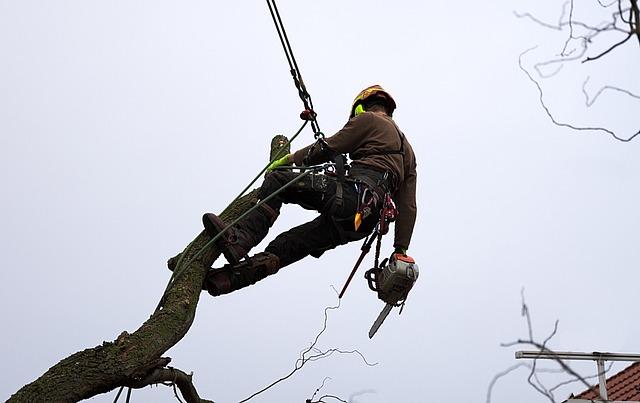Tree transplanting is a technique that involves moving mature trees from one location to another with minimal damage to the tree’s roots and overall health. This process requires careful planning and execution to ensure the tree’s successful acclimation to its new environment. In this article, we will explore various tree transplanting techniques and best practices to help you successfully transplant trees in your landscape.
Transplanting trees can be a beneficial practice for landscaping and gardening projects. By moving a tree from one location to another, you can save older trees from construction projects or give younger trees a better chance at survival. There are several key factors to consider before transplanting a tree, including the size and health of the tree, the season in which you plan to transplant, and the location of the transplant site.
Some tools and equipment that are essential for successful tree transplanting include a sharp shovel or spade, pruning shears, burlap, twine, a wheelbarrow, and a watering hose. Proper tree transplanting requires careful planning and execution to minimize stress on the tree and increase its chances of survival. Following a step-by-step guide to proper tree transplanting can help ensure a smooth and successful process.
Common mistakes to avoid during tree transplanting include not digging a large enough root ball, damaging the tree’s roots during the transplanting process, and failing to provide adequate post-transplant care. It is essential to take proper care of a transplanted tree to promote root growth and overall health. By following post-transplant care and maintenance tips, you can help your tree establish itself in its new location and thrive for years to come.
Q&A
Q: What is tree transplanting?
A: Tree transplanting is the process of moving a tree from one location to another.
Q: Why would someone want to transplant a tree?
A: There are several reasons someone might want to transplant a tree, such as landscaping purposes, saving a tree from being removed due to construction, or simply relocating a tree to a more suitable environment.
Q: What are some common tree transplanting techniques?
A: Some common tree transplanting techniques include root pruning, tree balling, and staking.
Q: When is the best time to transplant a tree?
A: The best time to transplant a tree is typically during the tree’s dormant season, which is usually in the late fall or early spring.
Q: What are some tips for successful tree transplanting?
A: Some tips for successful tree transplanting include properly preparing the new location before transplanting, watering the tree thoroughly after transplanting, and closely monitoring the tree’s progress in its new location.
Q: How long does it take for a transplanted tree to establish itself in its new location?
A: It can take several months to a year for a transplanted tree to fully establish itself in its new location, depending on the size and species of the tree.
Conclusion
tree transplanting can be a complex process, requiring careful planning and execution in order to ensure the health and survival of the tree. By utilizing proper techniques such as root pruning, proper digging methods, and adequate aftercare, you can increase the chances of successful tree transplantation. Remember to always consult with professionals before attempting to transplant a tree, as they can provide valuable guidance and expertise to help ensure the best possible outcome. Taking the time to properly transplant a tree can help preserve its beauty and benefits for many years to come.
Simpsons Tree Services, Servicing Melbourne’s North Eastern Suburbs
Book a quote online at www.simpsonstrees.com.au




